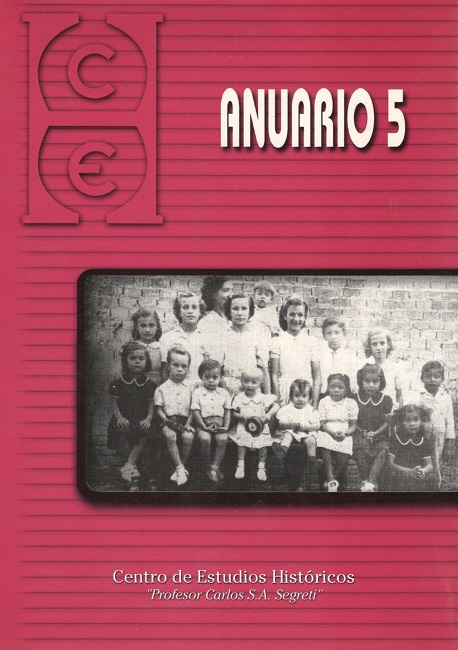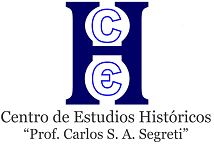Divergent paths, converging ends: a comparative analysis of the crisis and state control of Winco and SIAM
DOI:
https://doi.org/10.52885/2683-9164.v.n5.23261Keywords:
Winco, SIAM, entrepreneurial crisis, state controlledAbstract
This article shows a comparative study between two industrial firms, SIAM Di Tella and Winco SA. We analyze particularly the decisive factors that leaded to a crisis of both firms and to the process by which they became under the control of the state during the sixties and the early years of the seventies. The study remarks the organizational changes and the enterprise managing logic, the productive strategies, financial problems and the links established between the entrepreneurs and the State. We also remark the Argentinean changing macroeconomic conditions as a way of explaining the crisis of both enterprises. The findings of the comparative method allow us to visualize the diver-gent entrepreneurial trajectories but with a same ending: the transfer of both firms to the control of the State. Once they were controlled by the state, both of them were financially sustained during the years with the only purpose of avoiding the bankruptcy and the social conflict as one of its main consequences. The analysis of these factors allow to explore the complex and in occasions traumatic relationship between the entrepreneurial dynamic and the changing institutional economical and political environment on a national level.
Downloads
References
CHANDLER Alfred, Escala y diversificación. La dinámica del capitalismo industrial, Zaragoza, Prensas Universitarias de Zaragoza, 1996.
COCHRAN Thomas y REINA Rubén, Espíritu de empresa en la Argentina, Buenos Aires, Emecé, 1965.
SCHVARZER Jorge, Las grandes empresas no mueren de pie. El (o)caso de SIAM, 1960-1994, Buenos Aires, Norma.
Downloads
Published
Issue
Section
License
Aquellos autores/as que tengan publicaciones con esta revista, aceptan los términos siguientes:
- Los autores/as conservarán sus derechos de autor y garantizarán a la revista el derecho de primera publicación de su obra, el cuál estará simultáneamente sujeto a una Licencia de reconocimiento de Creative Commons. Se puede compartir, copiar, distribuir, ejecutar y comunicar públicamente la obra, siempre que: a) se cite la autoría y la fuente original de su publicación (revista, editorial y URL de la obra); b) no se use para fines comerciales; c) no se altere, transforme o genere una obra derivada a partir de esta obra.
- Los autores/as podrán adoptar otros acuerdos de licencia no exclusiva de distribución de la versión de la obra publicada (p. ej.: depositarla en un archivo telemático institucional o publicarla en un volumen monográfico) siempre que se indique la publicación inicial en esta revista.
- Se permite y recomienda a los autores/as difundir su obra a través de Internet (p. ej.: en archivos telemáticos institucionales o en su página web) después del proceso de publicación, lo cual puede producir intercambios interesantes y aumentar las citas de la obra publicada. (Véase El efecto del acceso abierto).









